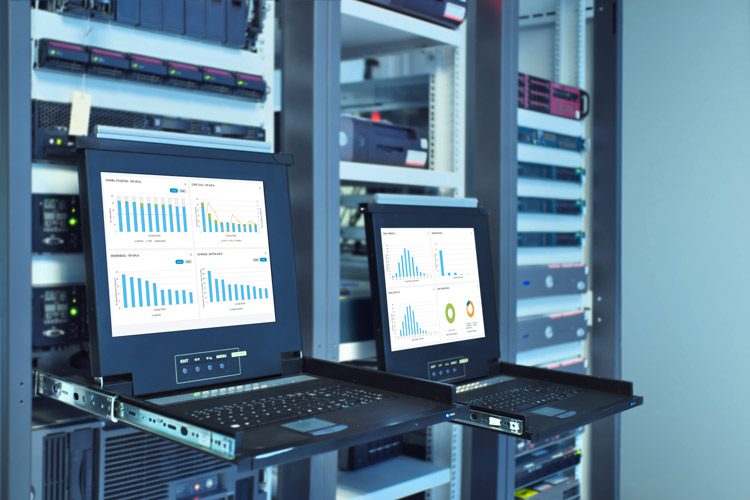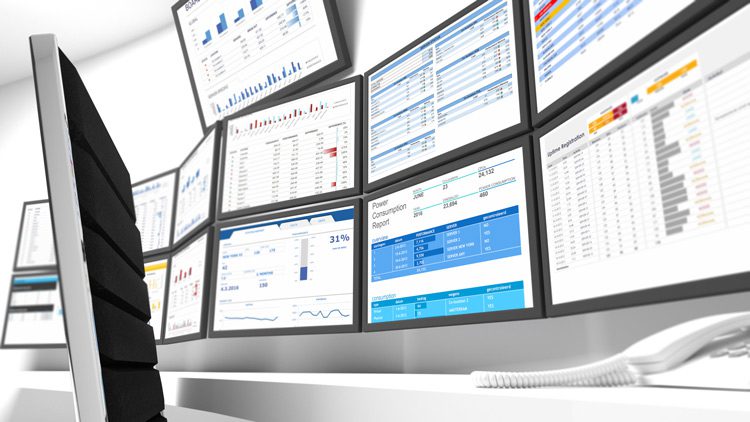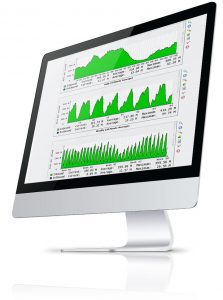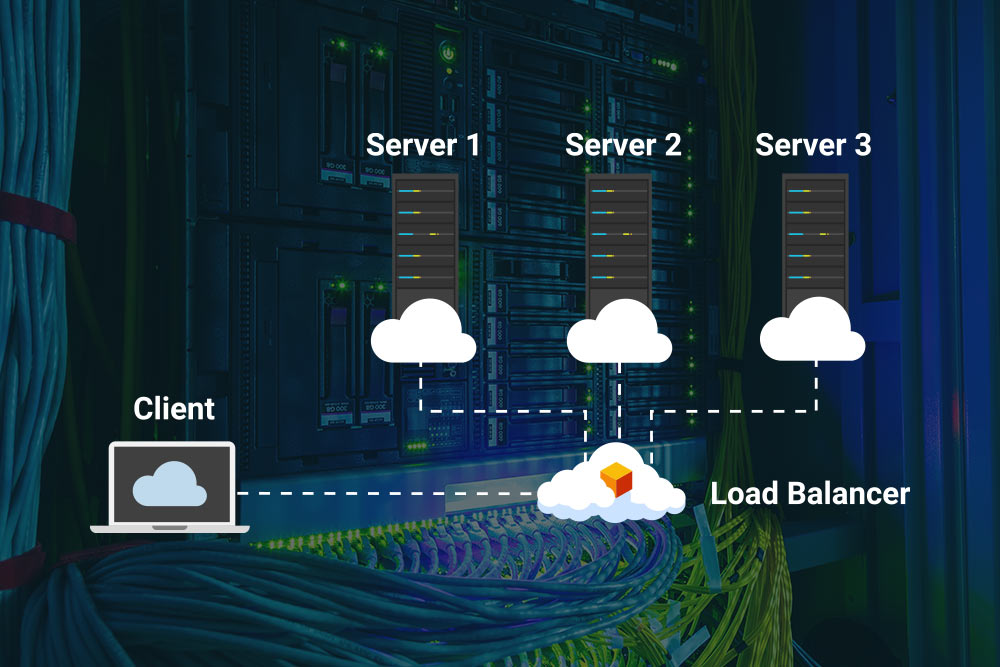As essential tools of the IT industry, both physical and cloud computing servers remain delicate, sometimes unpredictable, and often criminally underused. The data they generate, when collected and analyzed, can provide a wealth of useful information. However, server maintenance and data analysis both require dedicated monitoring, tracking, and storage. How can an IT manager balance those needs with costs and benefits? Using A server monitoring service, collect and collate data and perform maintenance and support as needed. Though there are many different server tools available to perform this function, they all share some basic operations. These operations fall into two main categories: support and tracking.
What support do server monitoring services offer?
Although there are other ways to provide full-time support to a server, only server monitoring offers all of the most necessary support functions through one system. Whereas in the past, a human needed to collect this information and then make decisions and act, the support systems act primarily independently, often acting according to a rule-based system, precluding the need for extra staff or needless delays in the decision-making process. So what are the benefits of real-time server monitoring? Let’s find out.
Promptly identifying server issues and alerting admins
One of the most expedient benefits of real-time server monitoring is its ability to identify server issues and alert server administrators before potential issues can affect users. For businesses that require unfaltering reliability, these real-time alerts allow administrators to keep servers functional 100% of the time, with absolutely no lapses in functionality.
Servers often form the backbone of crucial systems that must be unimpeachably reliable, such as medical treatment centers, law enforcement offices, and fire departments. When the reliability of a server can mean the difference between life and death, real-time server monitoring grants server admins both peace of mind and more comprehensive control of their servers.
Dependency maps between systems to check for potential vulnerabilities
Another salient benefit of real-time server monitoring is its dependency mapping functionality. In order to identify and resolve issues before they reach critical importance and potentially threaten system dependability and reliability. Depending on the format of the server infrastructure being monitored, this can aid in identifying system bottlenecks, improve reliability and eliminate any superfluous processes or components.
When optimizing server infrastructure, real-time server monitoring can have a dramatic impact on the number of resources used, ultimately improving reliability and lowering operating costs. Although it may not be immediately apparent, real-time server monitoring can save you greatly in time and processing resources.

Centralized view of infrastructure
For server admins, keeping track of every functional server component can be immensely challenging. For large companies with extensive server infrastructure, this task can be categorically overwhelming for server administrators, often causing potentially catastrophic oversights. One of the benefits of real-time server monitoring is its ability to help admins keep track of all server components from a single vantage point.
Real-time server monitoring effectively places the server administrator in a position from which they can view and address any and all tasks related to the functionality and maintenance of their servers. Although tasks involving hardware failure will require physical intervention, virtually all software-related tasks can be centralized using virtual server monitoring.
Trending and capacity planning tools
Among the many attractive benefits of real-time monitoring, you’ll also find a variety of trending and capacity planning tools that can help optimize existing infrastructure and gather information on how to improve this infrastructure best. While a knowledgeable server administrator can gather this information manually, real-time server monitoring aids admins in gathering this information quickly, efficiently, and comprehensively.
Even for the most experienced server administrators, gathering and analyzing this data can be tremendously challenging. Real time server monitoring can help server administrators regardless of their respective skill level or amount of experience in gathering and analyzing usage of system resources, and in turn, decide how to best make use of these resources. Much like the benefits previously listed, this will help improve reliability and efficiency.
Event handlers to automatically restart failed services
Finally, real-time server monitoring can identify and resolve issues caused by failed services, allowing for improved reliability and optimal efficiency. Failed services can dramatically affect the functionality of a company’s server infrastructure, in extreme cases bringing entire networks offline. Event handlers help prevent this kind of server failure, helping admins stay on top of any unforeseen eventualities.
While most server administrators do a good job of keeping their servers running smoothly, even the most skilled, dedicated admins have to sleep, eat and spend time on leisure activities. Even if your server is managed by administrators working in shifts, it’s easy for failed services to go unnoticed, leading to reliability issues and hurting overall efficiency. With real-time server monitoring services, these barriers to optimal efficiency can be quickly and effectively dealt with, without the direct attention of a server administrator.

Tracking functionality of server monitoring services
Beyond the support utilities, server monitoring services also offer a wide array of ways to catalog, inspect, record, analyze and make adjustments based on data. Rather than waiting until a critical component fails and then backtracking to endeavor to find out why it happened or how it could have been prevented, the tracking functions allow IT staff to anticipate issues and take action accordingly.
The ability to spot and track trends of usage can also provide documentation for needed expansion. More advanced server monitoring services can also gather relevant metrics from Amazon Web Services, Google Cloud, and Rackspace as needed. Ultimately, this results in improved efficiency and cost-effectiveness.
This is one of the primary benefits of real-time monitoring: maximizing efficiency based on empirical data and real-time algorithmic adjustments. When fully capitalized upon, real-time server monitoring can result in smoother and more reliable server functionality, with decreased maintenance requirements.
Server monitoring services seamlessly connect with new tools
Beyond the support utilities, server monitoring services also offer a wide array of ways to catalog, inspect, record, analyze, and make adjustments based on data. Rather than struggling to connect to the newest virtual servers or containers, modern server monitoring services have these capabilities on board from day one. As your company or system grows, the monitoring system can and will grow and adapt to suit your growing server network.
This seamless integration of new functionality is one of the most compelling benefits of real-time server monitoring services. For busy server administrators with limited amounts of time, real-time server monitoring tools allow for maximized efficiency and elimination of inefficiencies as long as your server is operational. As new features and functionalities are rolled out, they can be integrated into your existing infrastructure seamlessly with minimal effort.
Real-time benefits
Saving time and money is always a bonus, but how does a server monitoring service work out in day-to-day business? The support systems actively assess and prevent issues and, when issues occur, they are managed without human intervention. Live notifications about events can also be sent through a variety of contact methods, email, SMS, or custom scripts so adjustments can be made precisely as they are needed.
With impressive data tracking, a real-time picture of usage and metrics can be viewed, live, at any time. All these services may have been available previously, but through expensive, independent systems that were difficult to scale up or apply to virtualization. Server monitoring services offer a cost-effective and powerful solution.
Ready to See How Volico Data Center Can Help You?
Got questions? Want to talk specifics? That’s what we’re here for. Volico Data Center can assist you in understanding your needs. If you’re ready to see how a server monitoring service can facilitate and smooth your cloud-based servers, or physical ones, have one of our friendly experts contact you to begin the conversation.
• Call: 888 865 4261
• Chat with a member of our team to discuss which solution best fits your needs.











